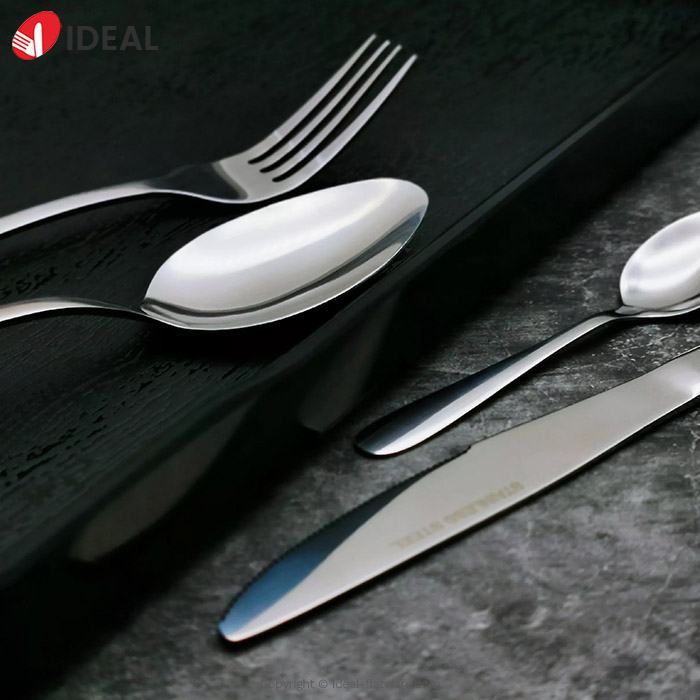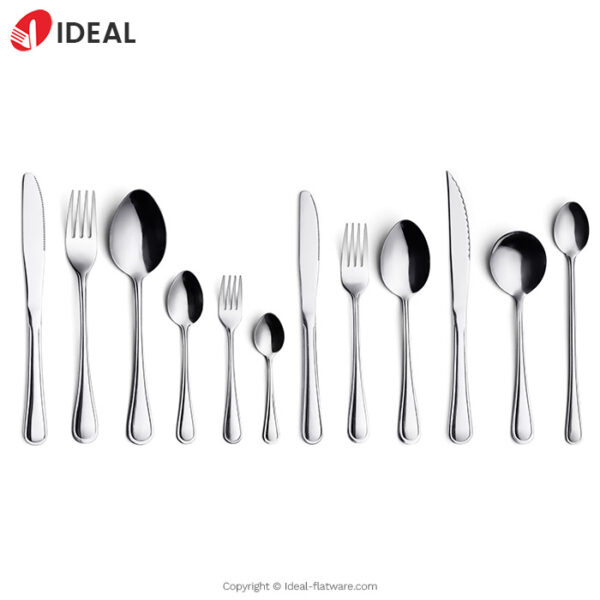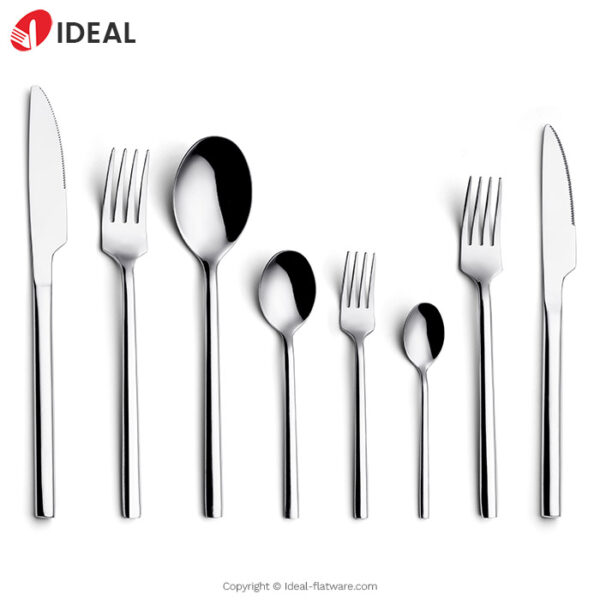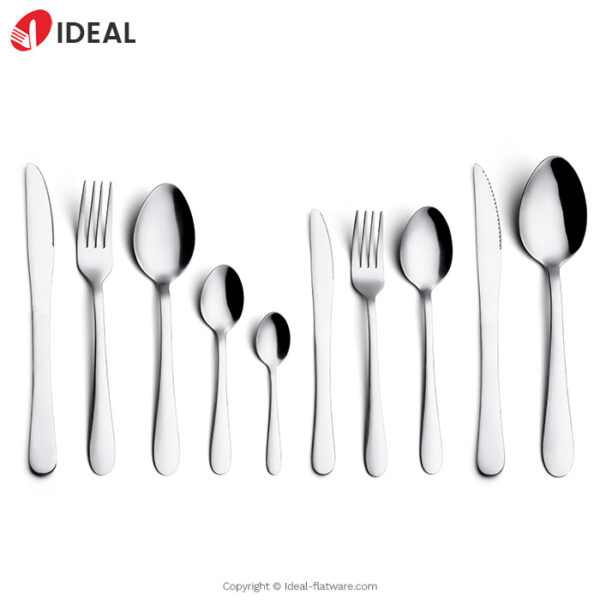What exactly is stainless steel?
A class of iron-based alloys known as stainless steel is renowned for its resistance to corrosion. Iron is the primary component of all steel. The iron doesn’t rust if there is at least 10.5% chromium in it. Although mild steel is more durable than stainless steel, trace additions like manganese, copper, and nickel can make steel stronger while maintaining its rust-proof properties. The elements carbon, nitrogen, aluminum, silicon, sulfur, titanium, nickel, copper, selenium, niobium, and molybdenum are all present in various forms of stainless steel. In the mechanical and construction industries, stainless steel is an indispensable commodity.

What is Rust?
Technically speaking, rust is Hydrated Iron (III) Oxide, commonly known as iron oxide (Fe2O3), and it is produced when iron combines with oxygen and water, a reaction process known as oxidizing. Rust is the red or orange coating that develops on the surface of the metal when exposed to air and moisture. Rust, for instance, is produced when carbon steel is exposed to moisture and the iron in the steel reacts with oxygen. The length of time that rust develops depends on how much exposure it has received. The term “rust” refers to the oxidation and corrosion of iron and its alloys. The three types of common rust are contact corrosion, pitting and cavity corrosion, and crevice corrosion.The substrate will eventually lose mechanical strength due to the rust on the metal, leading to its failure.
What Makes Stainless Steel Why Does Stainless Steel Not Rust?
When the chromium in stainless steel interacts with oxygen, a thin coating of chromium oxide forms on the alloy surface; the process is instantaneous; the speed should be measured in nanoseconds, and the film thickness should be recorded in microns. Stainless steel’s corrosion resistance stems from its capacity to develop and replenish the chromium oxide layer in the presence of oxygen. Because the size of chromium atoms is identical to that of their oxides, they will pack neatly together on the surface and create a stable layer a few atoms thick.If the stainless steel is damaged or scratched, the layer is removed, and additional oxide forms fast to protect the exposed surface from corrosion. Specific additions can help the alloy withstand particular corrosive chemicals. For example, 316 stainless steel contains molybdenum, while 304 stainless steel does not, hence the grade 316 alloy is more resistant to chlorides than 304.
In contrast, iron rusts fast because the iron atoms are considerably smaller than the oxide layer, and the oxide layer is loose and easily detached.
However, stainless steel is not corrosion-resistant underneath the oxide layer; once corrosion begins, it spreads quickly. Furthermore, because the passive coating requires oxygen to repair itself, stainless steels have poor corrosion resistance in low-oxygen and low-circulation conditions.






